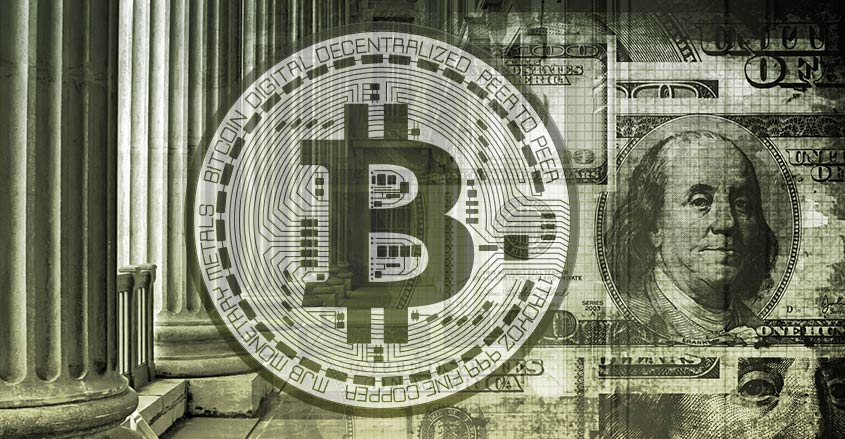As Bitcoin threatens to break through its record highs set a few years ago, at least some people are likely to get involved in speculating in them again.
Many seem to have forgotten the purpose of Bitcoin: To replace cash. It’s worth understanding what Bitcoin really is and should do, not simply treat it like a kind of stock or commodity trading vehicle.
A Bitcoin transaction is a peer-to-peer electronic payment. People paying people, no banks or issuing government between them.
Because Bitcoins are electronic, there have never been any physical Bitcoins and there will never be. In fact, technically, Bitcoins don’t really exist at all, not even in the electronic realm.
Bitcoins don’t exist on spreadsheets, in hard drives, or even on a server in some far-off, remote location. Instead, think of a Bitcoin transaction as data. This data is a message.
The data needs to be digitally signed on both sides of the transaction, the input and the output, through cryptography.

When it is signed for, then it is sent out to the larger Bitcoin network, called the blockchain, for verification. First, the blockchain needs to verify that the amount of Bitcoin you wish to send actually exists in your account.
The blockchain stores all the previous Bitcoin transactions on its network, so first it must verify with itself that all the transactions that led to that Bitcoin being in your account took place.
The second signature comes on the output side of the transaction, the individual who received the Bitcoin.
This signature marks the transaction complete, and the data is inscribed in a block. This block is attached to the previous block on the blockchain, making the history and data of the transaction readily available for when the next transaction needs to take place.
That’s why blockchain is often called a virtual ledger.
Satoshi Nakamoto, in the seminal Bitcoin white paper, broke down Bitcoin transactions this way:
“We define a Bitcoin as a chain of digital signatures. Each owner transfers Bitcoin to the next by digitally signing a hash of the previous transaction and the public key of the next owner and adding these to the end of the coin. A payee can verify the signatures to verify the chain of ownership.”
Every transaction on the blockchain gets its own unique identifier, called a transaction hash. The transaction hash is a 64-character string of random letters and numbers.
Anybody can track a particular transaction through typing the transaction hash into a blockchain explorer.
Transactions can’t be undone or meddled with once they are on the blockchain. Doing that would mean redoing every single block on the blockchain — far too labor intensive.
Bitcoin’s challenges
One of the biggest issues facing the Bitcoin community are its lengthy confirmation times. It has been known to take anywhere from a few minutes to a couple of days for a transaction to be confirmed.
The two factors that determine how long it will take for a transaction to be confirmed are, first, how much traffic is on the Bitcoin network and, second, how large the transaction is.
Generally speaking, larger transactions with higher fees will be confirmed more quickly.
The process through which a Bitcoin transfer is confirmed is through Bitcoin mining.
Miners do not mine transactions. Instead, miners are mining blocks, which are collections of transactions. Ultimately, the miners are the ones confirming every transaction on the blockchain.
Mining is resource-intensive computational labor. The incentive for miners is that for every block they solve through cryptography, they are subsequently rewarded in Bitcoin.
That’s why large transactions get solved first. There is more incentive to solve them.
Another reason for Bitcoin’s long confirmation times is that under the current protocol blocks are limited to 1 megabyte.
This protocol limits the amount of transactions that may be coded into a block. A limit on the amount of transactions, slows confirmation times, and through this, the entire blockchain.


